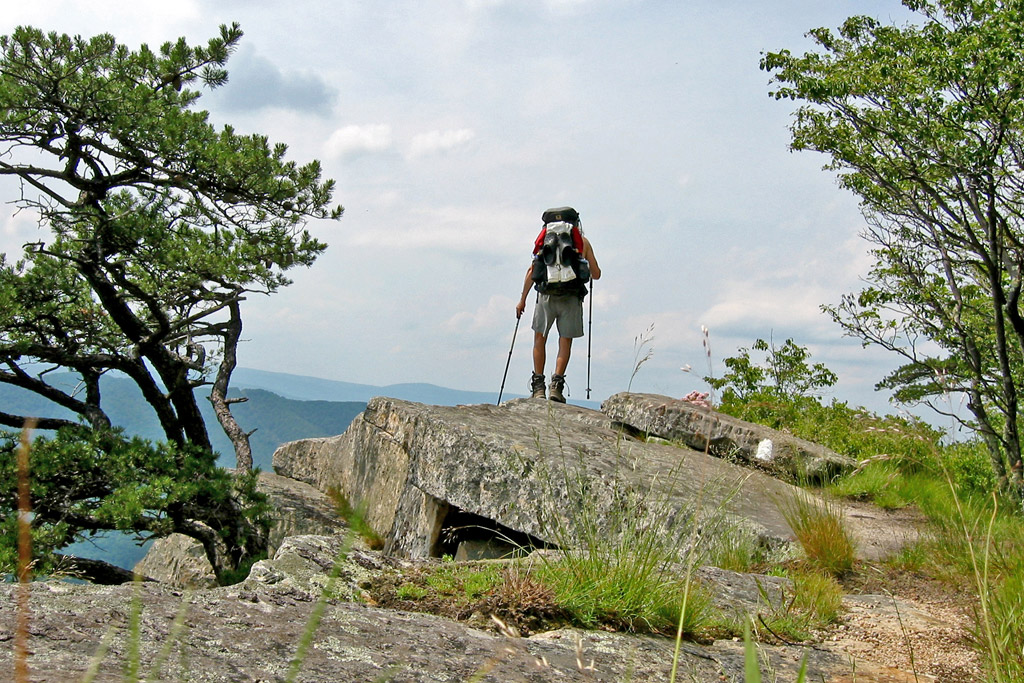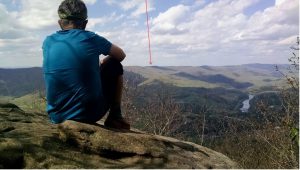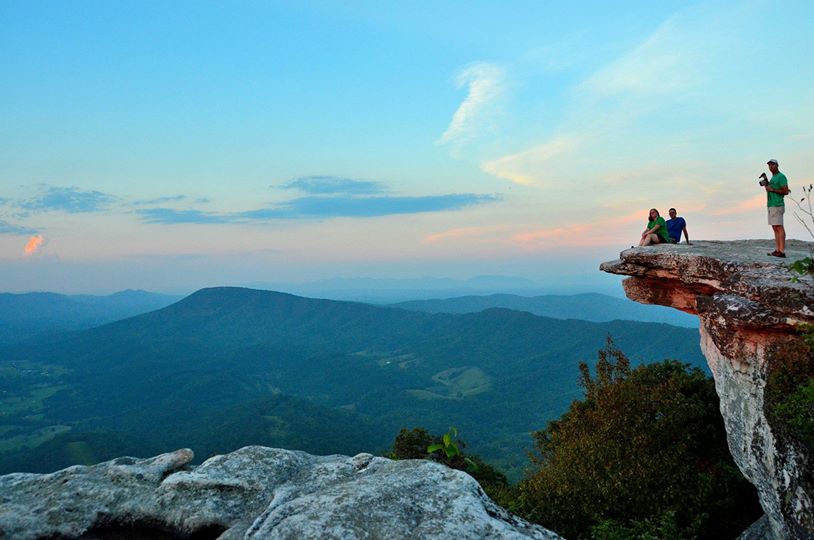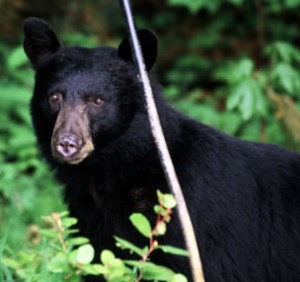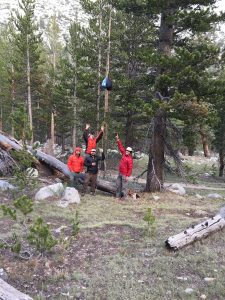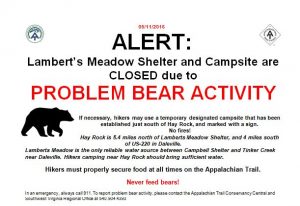A Visual Picnic: Leonard Adkins completes the photographic history of the Appalachian Trail
 Review by Tom Johnson, Potomac Appalachian Trail Club
Review by Tom Johnson, Potomac Appalachian Trail Club
“Don’t know much about history,” a refrain in that old popular song, never registered with Leonard Adkins. His interest in history goes back decades, and he is anxious to introduce it to you. Because Appalachian Trail hikers walk through history every day, Len wants to show them the history of this, history’s greatest volunteer project.
Len Adkins is a five-time thru-hiker (his email, “habitualhiker,” should give you a clue to his lifestyle), who has put together a five-volume history of the Appalachian Trail. (A sixth volume, on Maine, was written independently by Dave Field. So there are really six volumes that cover the entire trail. The series is Along the Appalachian Trail, is published by Arcadia Publishing along with the cooperation of the Appalachian Trail Conservancy.) His series is now complete with the newest book, on Massachusetts, Vermont, and New Hampshire. If you don’t yet know the history of this remarkable trail, you can learn from Len. He brings the trail to life through photographs, accompanied by captions that place each photo in its historical context. The movie-star looks of Warner Hall, the penetrating stare of Eddie Stone, the group portrait of the “Four Foolish Females” from Georgia, or the New England “Three Musketeers,” bring the history to life. Ever try climbing Blood Mountain from Neel Gap in a three-piece suit or an ankle-length coat? Did you ever see an early backpack that looks like a peach basket? Did you ever have the chance to meet legendary ATC staff member Jean Cashin in Harpers Ferry? You can see long-forgotten scenes like the old Sinking Creek covered bridge, or Appalachian families in the 1930s staring out in wonder at those crazy hikers passing through. Passing beside the Smithsonian rare animal research center (official title: Smithsonian Conservation Biology Institute) in Northern Virginia, you see the admonition that “violators will be eaten.” (The sign was stolen years ago.)

